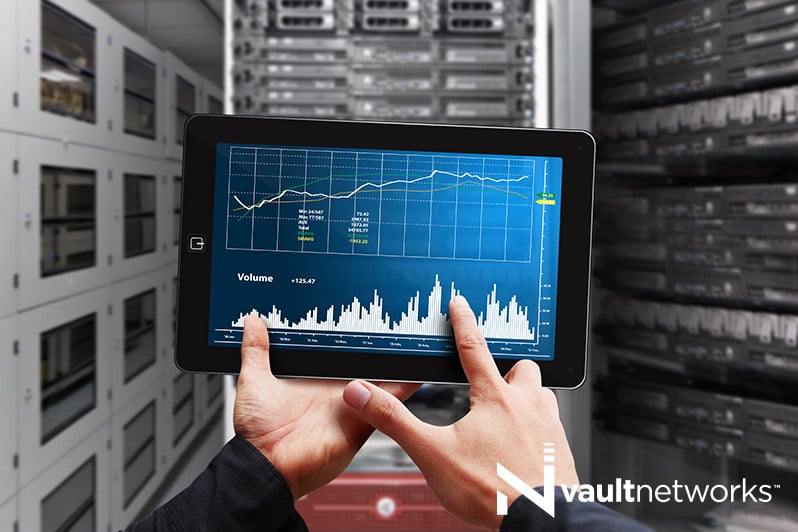Despite being the hub for some of the most complex data and communications in the IT field, data centers have remained mired in outdated technological ‘solutions.’ Until recently, onsite monitoring was tedious, not in real time, and failed to create a hierarchy of responses. These flaws have been sharply contrasted by the significant advances in individualized technology, such as mobile phones with live GPS traffic redirection and alerts. Now, these benefits are being applied to the data center remote monitoring platforms, and the potential is unlimited.
What were the flaws in previous data center monitoring platforms?
In the past decade, monitoring services for data centers were extremely limited. As desktop-based systems rather than mobile applications, the only way to access to the data was to be sitting at a desk. At that point, it was nearly redundant, with only the minor shift in location and collation of data points being an edge. The data these systems could produce was also finite and inflexible, requiring specialized knowledge. The final flaw in these systems was that the nature of the monitoring itself was generally reactionary, rather than predictive or corrective. For these reasons, as well as the considerable expense involved, most data centers avoided or failed to fully employ these utilities.
What kind of advantages are there to remote monitoring platforms for data centers?
Looking to and learning from other digital and mobile data monitoring systems, newer data center remote monitoring systems have made notable strides in addressing previous complaints with their functionality. The forward progress, made by leapfrogging off of existing technological progress, has made these new monitoring platforms more functional and less dependent on human responses while cutting costs both for upfront purchases and ongoing maintenance.
- Embedded systems. Unlike previous, external, all-in-one monitoring, nearly every new component of a data center includes a monitoring functionality. This may be as simplistic as detecting failures, or as complex as communicating specific early warning signs for issues with related components. The amount of monitoring information flowing out of these new constituents is staggering and would be impossible to interpret without an advanced monitoring platform.
- Cost reductions. Just as cell phones hit a tipping point and became both more affordable and widely used in the early 90’s, so too have these embedded monitoring systems reduced costs (or rather, embedded in purchase costs) made the technology more available. Furthermore, with the day-to-day monitoring of each device’s output, it is now standard to know when a component is reaching the end of its lifespan and replace it before more costly repairs become necessary.
- Analytics and automation. The outdated notion that a user needs to interpret and initiate action in response to every alert has been replaced by better analysis tools interwoven with automation of responses. This improvement has also been informed by the ability of the monitoring platform to rank issues by severity and then act accordingly. Removing the need for constant human intervention also reduces the sheer volume of human errors in the process, which previously was a not statistically insignificant factor.
- Mobile functionality. The final major improvement to data center monitoring platforms is that they have gone mobile. Rather than being staked to a desk, users can get updates in real time, anywhere they have data or Internet access, on a cell phone or other mobile device. For the major issues that do require human intervention or decision making, there is no need for a person to visit a physical location or visually inspect any component.
Speak with a Vault Networks professional for help setting up a remote monitoring system for your data center
Data center monitoring is a necessity, whether you have a call center, a server bank, or any other collection of vitally important information that is constantly accessed. Rather than expanding your human capital on monitoring a system that is itself intended to monitor your systems, consider upgrading to remote monitoring for increased functionality, greater results, and lower costs. An experienced Vault Networks representative can guide you through this process. Contact us today at 888-865-4261.
Ready to See How Vault Networks Can Help You?
Got questions? Want to talk specifics? That’s what we’re here for.
Have one of our friendly experts contact you to begin the conversation. Discover how Vault Networks can help you with your Managed Services needs.
• Call: 305 735 8098. Ext. 2
• Chat with a member of our team to discuss which solution best fits your needs.

